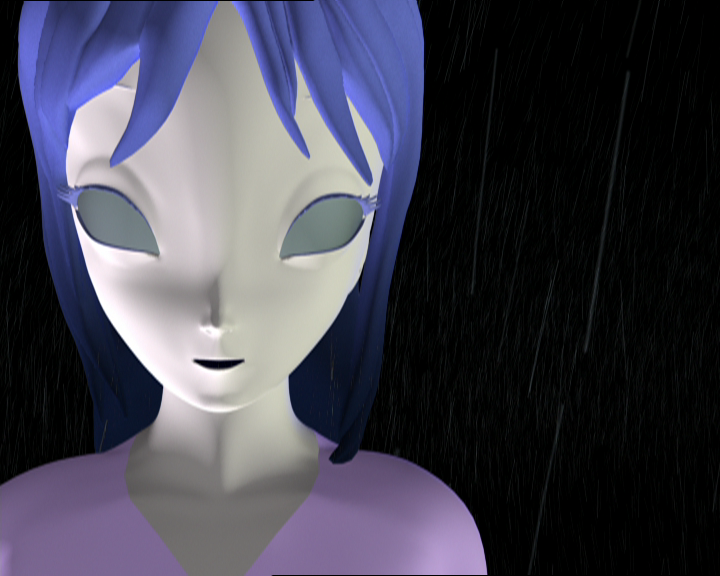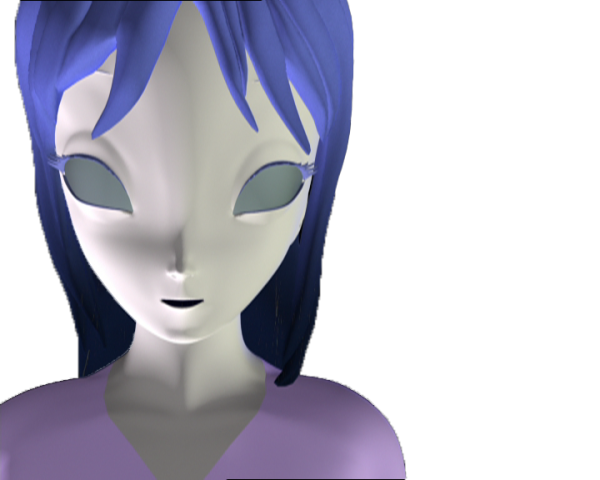
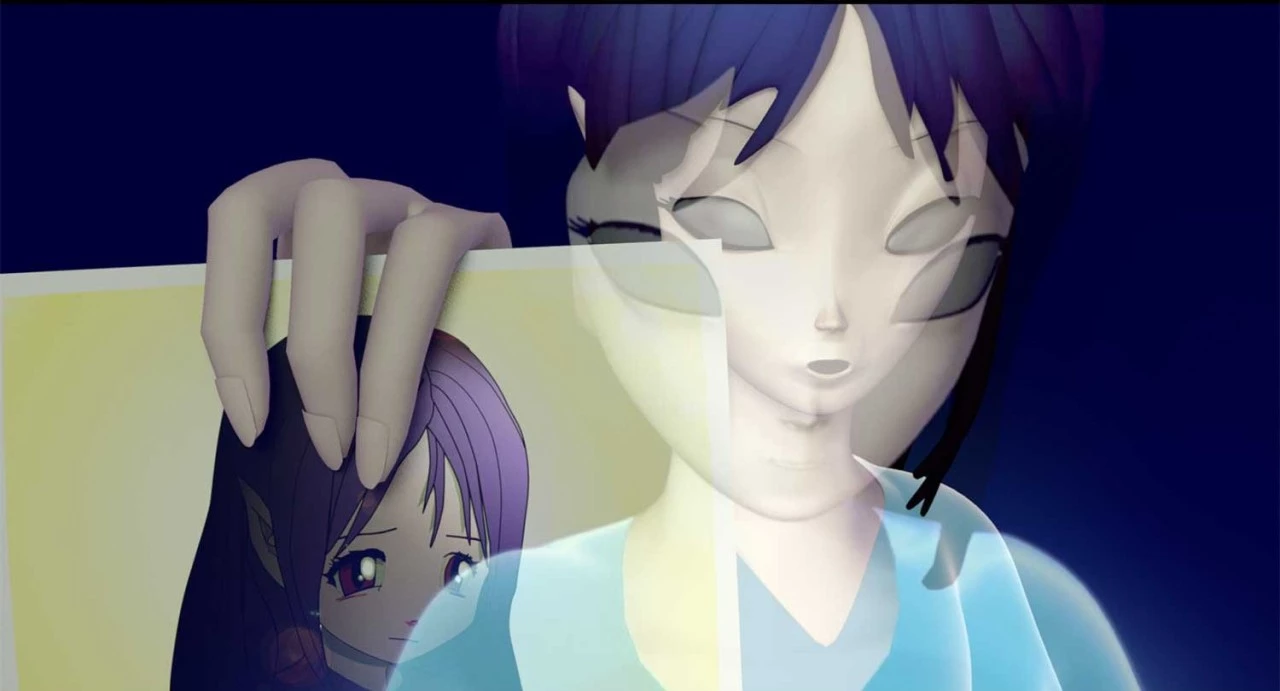
- Date
- 18 OCTOBER 2022
- Author
- GLORIA MARIA CAPPELLETTI
- Image by
- Categories
- Aesthetics
Get ready for the future, sentient consciousness and cybernetic bodies
A seminal and iconic contemporary art project that deals with archetypes, digital identity and avatars is No Ghost Just a Shell (1999), initiated by artists Pierre Huyghe and Philippe Parreno, who acquired the copyright for a minor manga character titled Wide-Eyed and named her AnneLee (also AnneLi, or Anne Li). The two French artists discovered her image in the catalogue of K Works, a Japanese agency which creates cartoon figures for animated films, comic strips, advertisements, and video games. They bought it for a very modest sum (around $300), as AnnLee was actually unfinished, her clothing very anonymous and an unexpressive face. So they decided to change some of her features and used it in works of art, extending the rights also to other artists. The idea was to free a product from the market, but what happened has been an exploration of the introspective fantasies we project on a virtual character. “I was a frozen picture, an evidence submitted to you,” Huyghe made AnnLee say, “I have become animated however not by a story with a plot, no…I’m haunted by your imagination…and that’s what I want from you…See, I’m not here for your amusement…You are here for mine!” (Huyghe and Parreno, 2002)
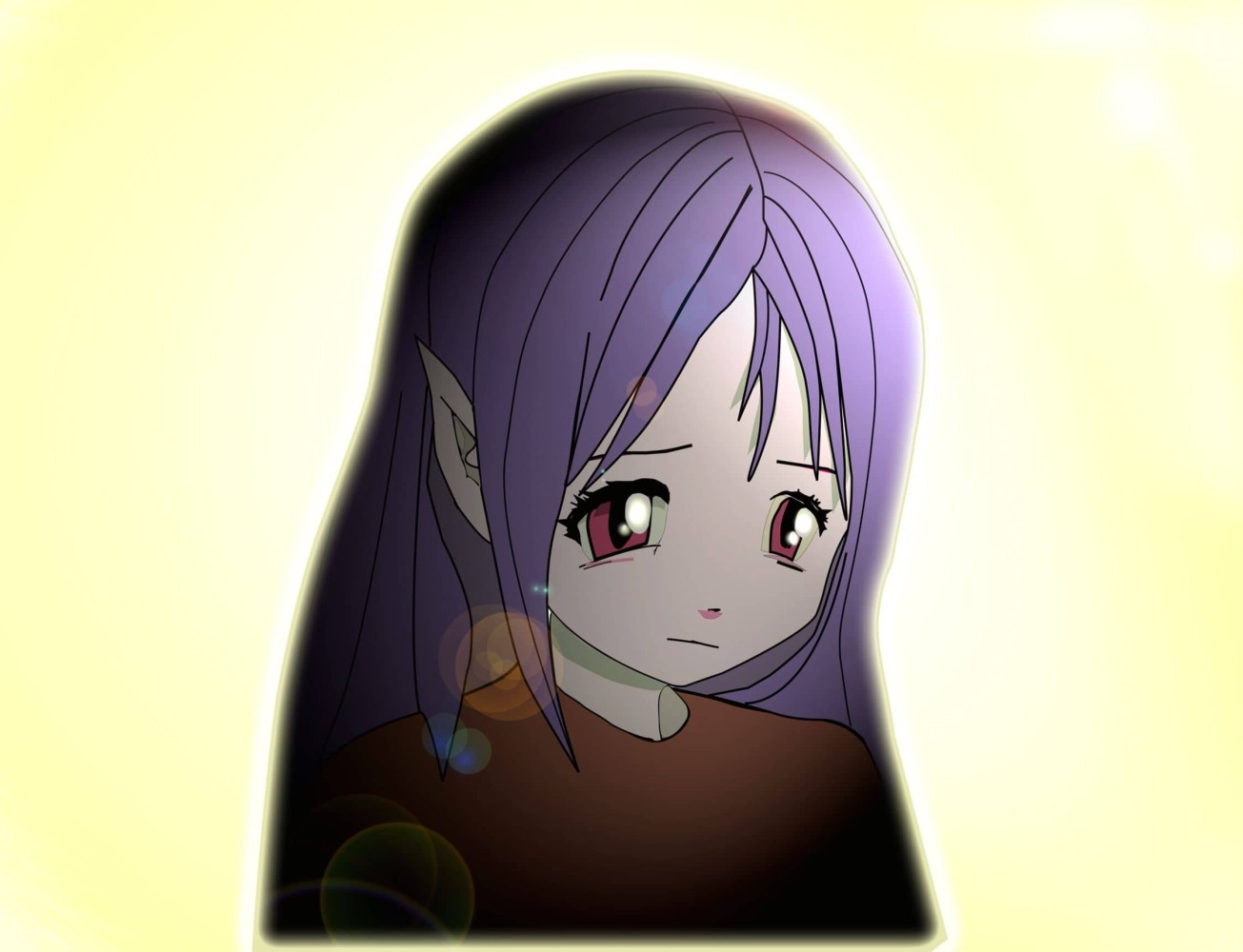
No Ghost Just A Shell became a series of works, starting with the poster designed by M/M (Paris), followed by films made by Philippe Parreno, Pierre Huyghe, Dominique Gonzalez-Foerster, Liam Gillick, and others. Over three years, they invited thirteen artists to produce works featuring avatars of AnnLee, working within a framework that the artist Douglas Gordon has described as the promiscuity of cooperation.
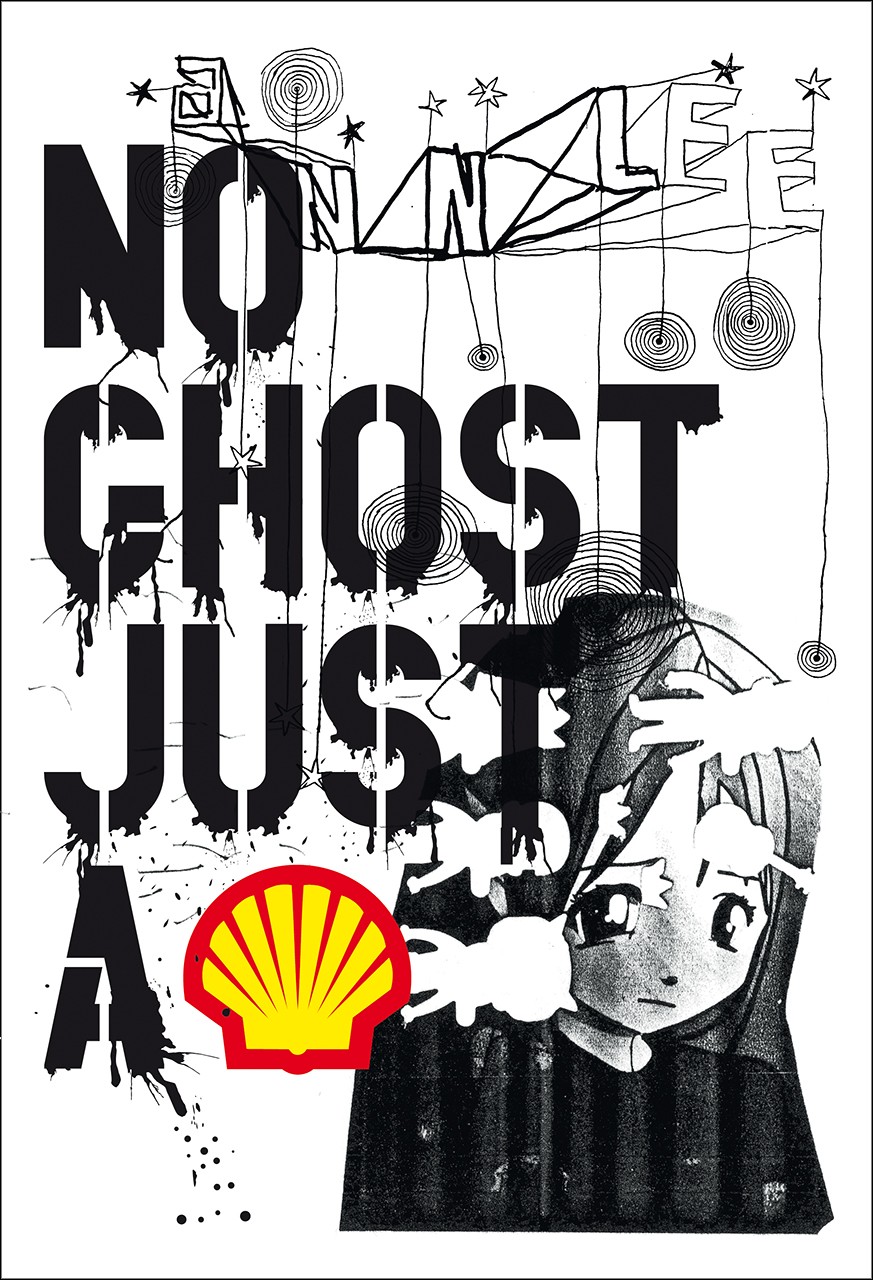
Gradually, the world of AnnLee began to form, and the many questions raised by her creators were slowly tied together, questions about the status of the image, about representation, about belonging to a characters world.
Her neon-lit portrait came to life in a six-minute Pierre Huyghe's animation One Million Kingdoms (2001), which featured AnnLee walking through a moonscape, pondering her own existence as either character or emblem.
A handful of years later, radical artist Tino Sehgal gave a body of flesh to AnnLee through the performance of very young actresses looking for people to tell her story, almost as if she were an oracle, or immersed in very deep monologues that contain unfathomable and universal questions.
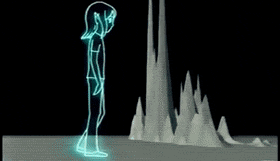
Nowadays more than ever we are fascinated with Avatars and Posthuman characters. It seems we are craving for transcendence, and almost imagine we can transfer feelings, duties and responsibilities to a machine, as here interfaced by the virtual character of AnnLee.
The real power and wonder of digital technologies, in fact, is less that of facilitating our life, than that of impalpable fantasies allowing us to forget we are mortal beings, or posing questions deeper than ever.
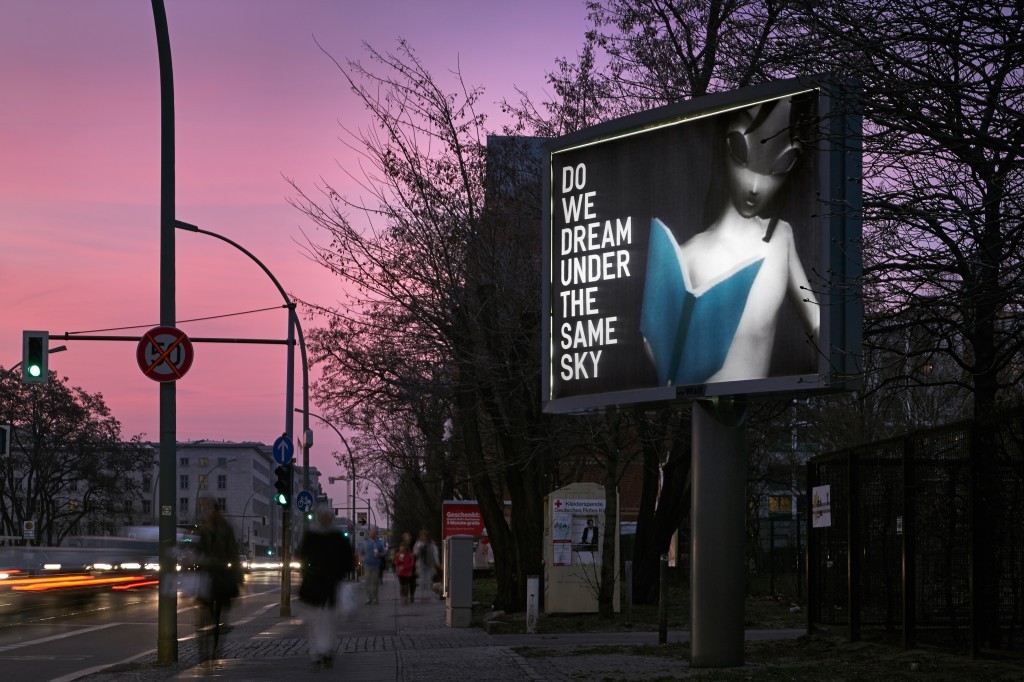
As the Metaverse is taking shape, we explore the idea of AI, avatars and their place in the world, and if they are created solely to serve mankind, or if they may have ambitions and dreams of their own. For those of you still not completely caught up with this virtual universe, here is a list of books that can often leave readers in awe and disbelief and offer some intriguing thoughts about how the Metaverse might develop in the near future.
These books are essential classics, if you are interested in a sci-fi in-depth study of issues related to the symbolic and unconscious power of androids and avatars.
Daemon by Daniel Suarez - The death of a renowned game designer who created one of the most popular games in the world resulted in the creation of a deadly swarm of artificially intelligent bots hellbent on destroying the world. The novel explores concepts of AI, hacking and sentient computer programs.
Neuromancer by William Gibson - Often hailed as the book that introduced the cyberpunk aesthetic to science fiction, the book explores a virtual world known as ‘Cyberspace’ where hackers or ‘console cowboys’ use a virtual world for corporate espionage and stealing private data.
Do Androids Dream of Electric Sheep? by Philip K Dick - The book explores the idea of artificial intelligence and its place in the world and whether androids are created only to serve humanity or can have their own ambitions and dreams.
Snow Crash by Neal Stephenson - Snow Crash is a novel that weaves together concepts that would seem incompatible, like Sumerian myths and a virtual reality 3-D world. Stephenson was the first to use the term Metaverse that the world has now latched on to.
Ready Player One by Ernest Cline - The novel explores virtual reality games and how people get obsessed with them in the novel. Plus, the book is a love letter to 1980s pop culture.
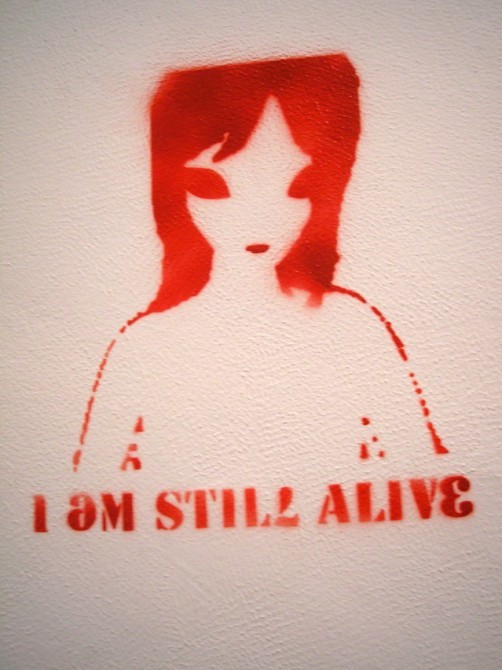
AI-Generated text edited by Gloria Maria Cappelletti, editor in chief, RED-EYE
All Images part of No Ghost Just a Shell, 1999-2003, Pierre Huyghe & Philippe Parreno:
Anywhere Out of The World, 2000, Philippe Parreno
AnnLee, Original Image, 1999, No Ghost Just a Shell, 1999-2003, Pierre Huyghe & Philippe Parreno
No Ghost Just a Shell, 2000, M/M Studio, Pierre Huyghe & Philippe Parreno
One Million Kingdoms, 2001, Pierre Huyghe
Ghost Reader, Billboard, 2003, Rirkrit-Tiravanija
AnnLee, I Am Still Alive, 2004, Mircea Cantor
Ann Lee in Anzen Zone, 2000, Dominique Gonzalez-Foerster
